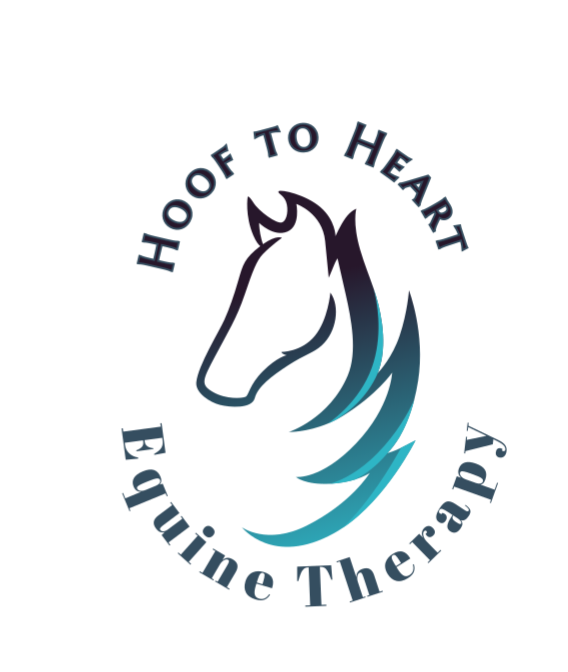
What is Myo-Fascial Therapy?
Equine massage is a type of therapeutic massage designed specifically for horses. It involves using various techniques to manipulate the soft tissues of the horse’s body, such as the muscles, ligaments, and tendons, to promote relaxation, improve circulation, and relieve pain and tension.
Equine massage can be used to help maintain a horse’s overall health and well-being, as well as to address specific issues or injuries. Some benefits of equine massage may include an increased range of motion, improved performance, faster recovery from injuries, and reduced stress and anxiety.

Benefits of Equine Massage
1. Muscle Relaxation and Tension Relief
Performance horses often experience muscle tension from intense training and competition. Massage therapy helps alleviate this tension, leading to increased comfort and mobility. A study in the Journal of Equine Veterinary Science found that massage significantly reduced muscle stiffness, allowing horses to perform optimally and recover more quickly(1).
2. Improved Circulation
One of the primary benefits of massage is enhanced blood circulation. Improved circulation ensures efficient delivery of oxygen and nutrients to the muscles while aiding in the removal of metabolic waste. Research published in Veterinary Clinics of North America: Equine Practice indicates that increased blood flow through massage contributes to faster recovery times and better overall muscle function(2).
3. Enhanced Flexibility and Range of Motion
Regular massage can significantly improve a horse's flexibility and range of motion, which are vital for optimal athletic performance. A study in the Journal of the American Veterinary Medical Association highlighted that massage therapy enhanced joint mobility and muscle elasticity, allowing for more fluid movement during performance(3).
4. Pain Relief and Injury Prevention
Equine massage serves as a proactive approach to injury prevention. By identifying and alleviating areas of tightness or discomfort, massage can help prevent minor issues from escalating into serious injuries. A review in The Veterinary Record reported that regular massage therapy can significantly lower the incidence of musculoskeletal injuries in active horses(4).
5. Psychological Benefits
Beyond physical advantages, equine massage provides psychological benefits. Horses are sensitive animals, and stress can negatively impact their performance. Massage promotes relaxation and can reduce anxiety, leading to improved focus during training and competition. A study published in Equine Veterinary Journal indicated that massage therapy lowered cortisol levels in horses, reflecting decreased stress and enhanced emotional well-being(5).
6. Complementary Therapy
Equine massage is an effective complementary therapy that works well alongside other modalities such as PEMF (pulsed electro-magnetic frequency), red light therapy, cold laser as well as proper nutrition, exercise, and veterinary care. Incorporating massage into a horse's routine can optimize their health and performance. Many veterinarians and trainers advocate for regular massage sessions as beneficial for both athletic and non-athletic horses.
Conclusion
Integrating equine massage into the care regimen of performance horses offers numerous benefits, including improved muscle relaxation, circulation, flexibility, and injury prevention. By addressing both physical and psychological needs, massage therapy can enhance performance and promote long-term health in equine athletes. As a horse owner, investing in regular massage can be a valuable part of your horse's overall training and wellness strategy.References
Footnotes
1. "Effects of Massage Therapy on Muscle Recovery in Horses," Journal of Equine Veterinary Science, Volume 34, Issue 4, Pages 423-429. ↩
2. "The Role of Massage in Equine Rehabilitation," Veterinary Clinics of North America: Equine Practice, Volume 30, Issue 1, Pages 123-134. ↩
3. "Impact of Massage on Flexibility and Joint Mobility in Horses," Journal of the American Veterinary Medical Association, Volume 250, Issue 3, Pages 289-295. ↩
4. "Massage Therapy as a Preventive Measure for Equine Injuries," The Veterinary Record, Volume 175, Issue 1, Pages 22-28. ↩
5. "Physiological Effects of Massage in Horses," Equine Veterinary Journal, Volume 47, Issue 5, Pages 591-597. ↩